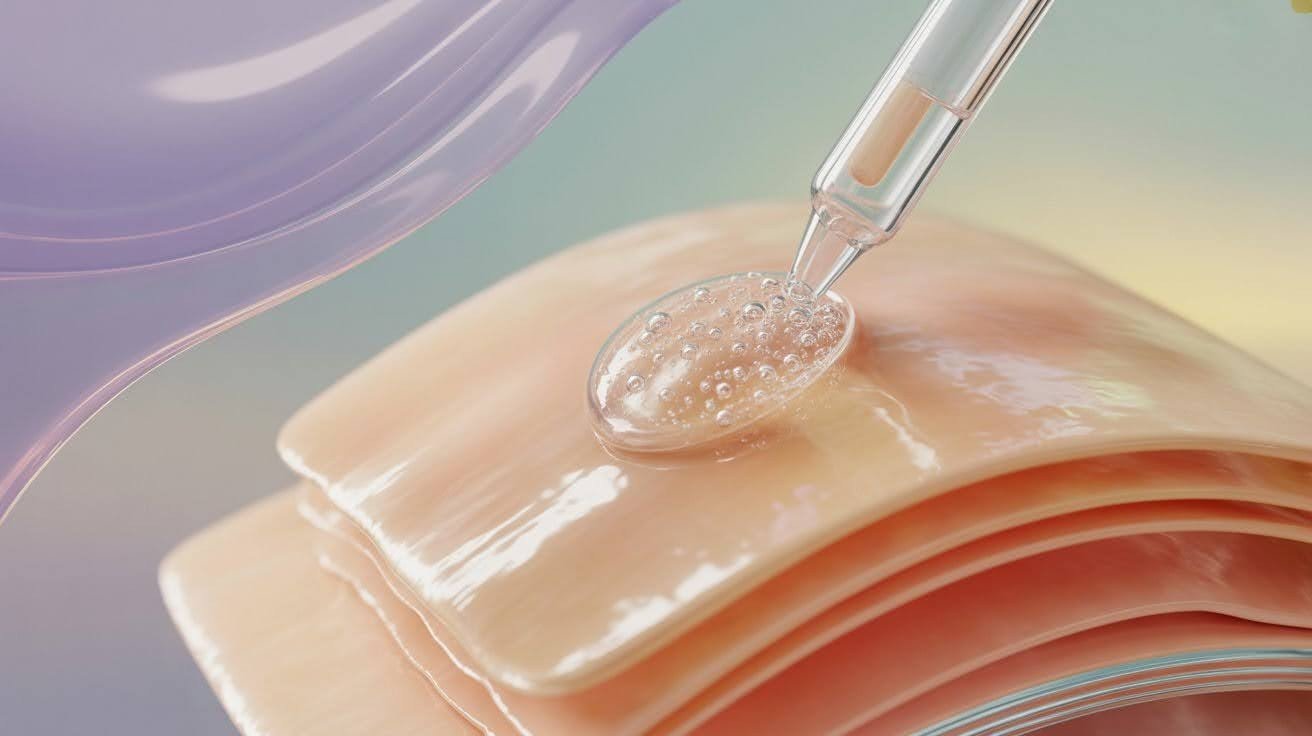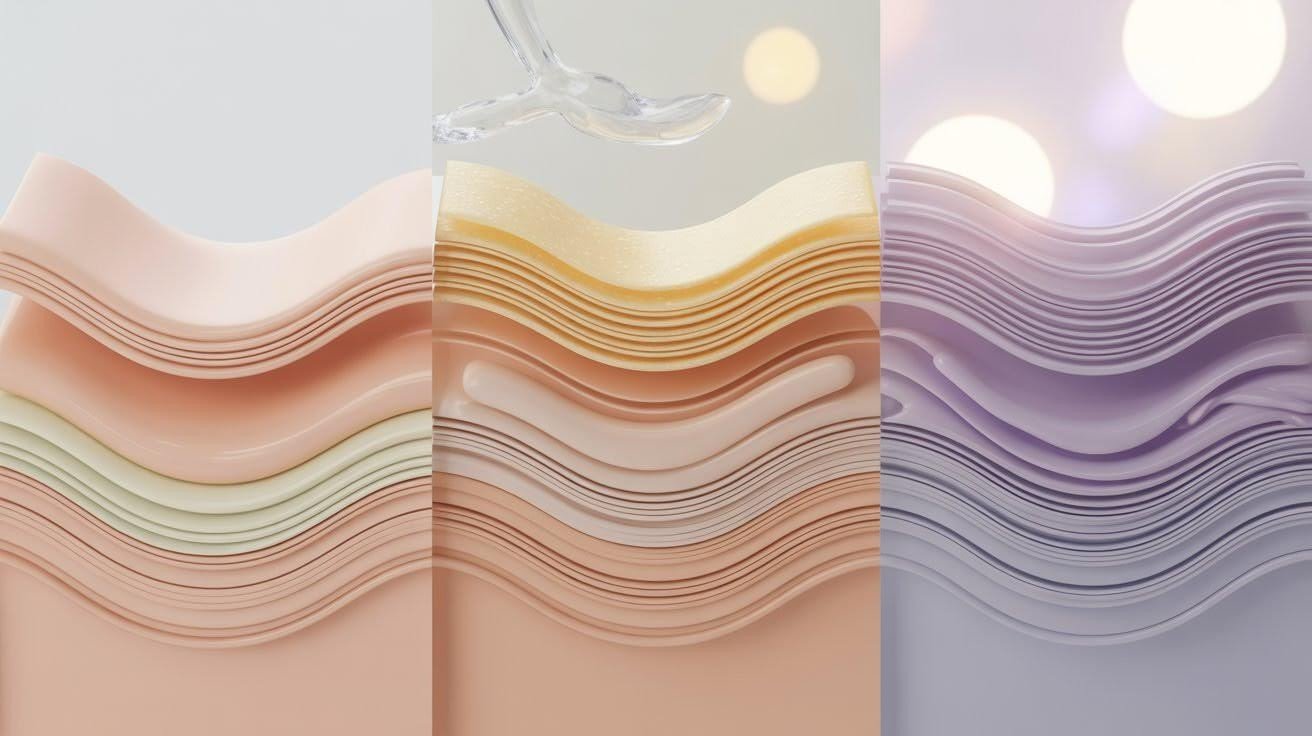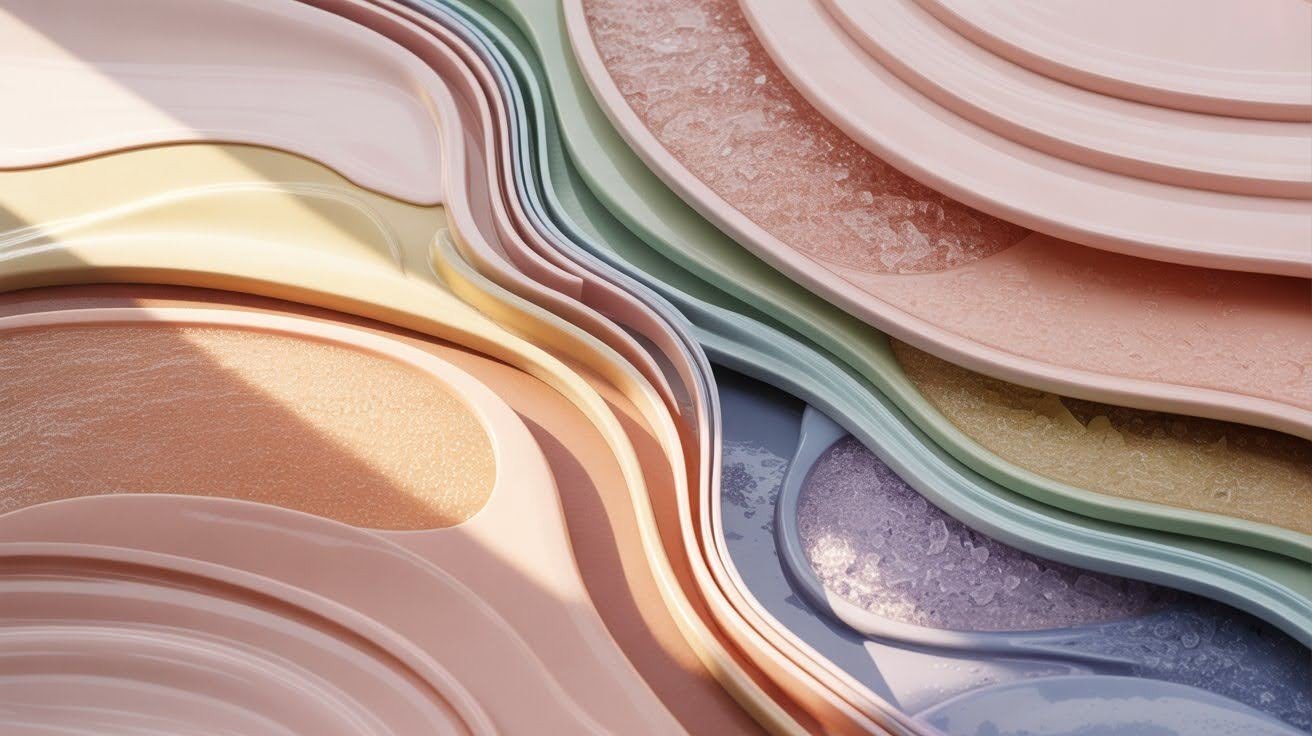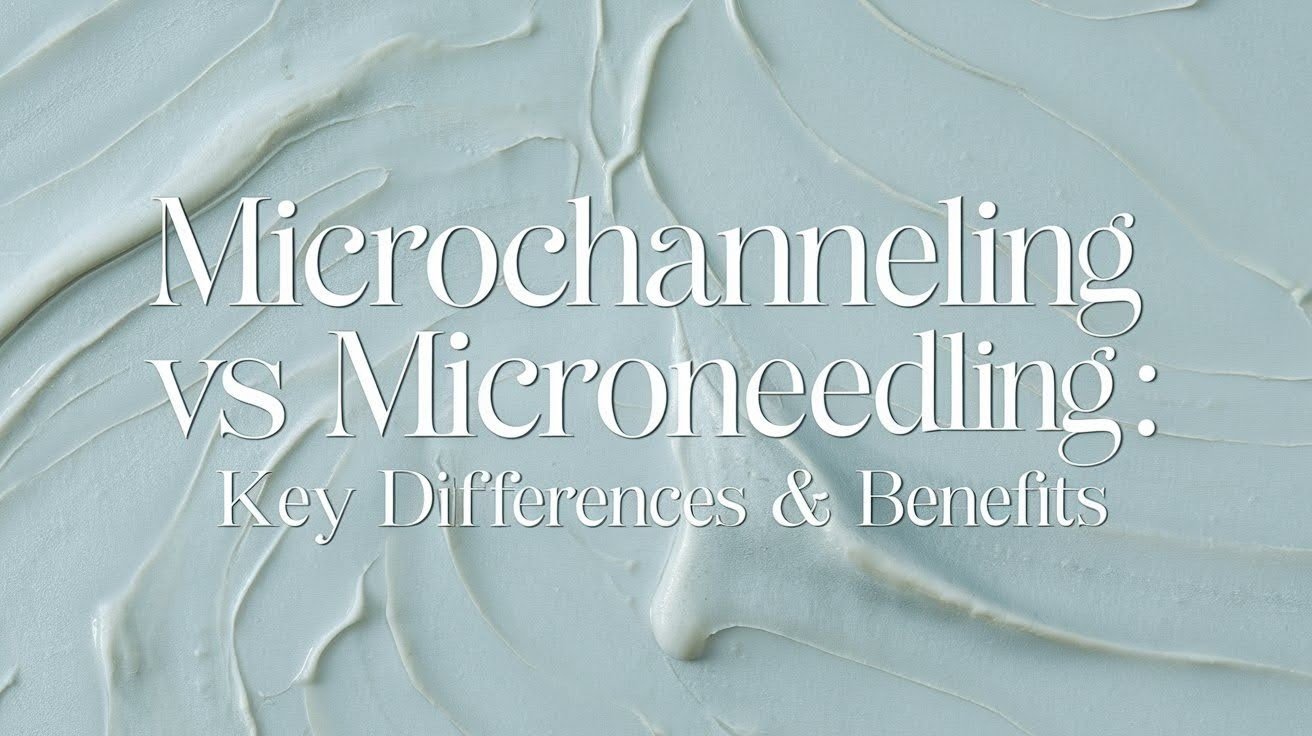How Often Should You Get a Chemical Peel?

When done right, a chemical peel after Botox can give you fantastic results for your skin. I’ve seen the results when it’s done at the right time and with proper care.
The combined processes treat wrinkles, texture, and tone for a complete facial rejuvenation. They should be performed two weeks apart, and aftercare instructions should be followed.
Talk to a qualified dermatologist or med spa about your needs, and see if you’re ready to start. Call today to book an appointment. You can begin to improve your skin.
Understanding Chemical Peels

A chemical peel applies acid solutions to your skin to remove the top layers of damaged skin. Light peels use mild acids like glycolic or lactic acid on the outermost layer.
Medium peels go deeper with trichloroacetic acid (TCA). Deep peels reach the lower skin layers using phenol.
Your skin becomes smoother and softer after a peel. Fine lines, wrinkles, dark spots, and acne scars become less visible. Peels also help your skincare products absorb better.
You might experience redness, irritation, or swelling after treatment. Some people develop pigmentation changes, especially with darker skin tones.
Always work with a licensed professional who can assess your skin and choose the right strength. Avoid peels if you’re pregnant, taking certain medications, or have a history of keloid scarring.
How Often Can You Get a Chemical Peel?

The right frequency depends on which type of peel you choose. Each works differently and requires specific timing.
Light Chemical Peels
You can get light peels every 1 to 5 weeks based on your skin’s condition. These peels work well for fine lines, mild dark spots, and dry patches. Recovery takes only a few days with minimal downtime.
Medium Chemical Peels
Schedule medium peels every 4 to 6 months. They’re ideal for wrinkles, acne scars, and moderate pigmentation issues. Plan for about one week of recovery time with noticeable peeling.
Deep Chemical Peels
Most people only need one deep peel in their lifetime. Deep peels target severe wrinkles, deep scars, and precancerous skin lesions. Recovery takes several weeks, and results can last for many years.
Factors That Affect How Often You Should Get a Peel

Your personal characteristics and lifestyle play a major role in determining the right peel schedule.
Skin Type and Sensitivity
Oily skin often tolerates more frequent light peels and recovers faster between treatments. Dry or sensitive skin needs longer breaks between peels as these skin types take more time to heal. Your provider might start with gentler formulations if you have reactive skin.
Age and Skin Goals
Younger people typically need lighter peels less frequently since their skin regenerates faster. Anti-aging goals often require regular medium peels every few months for significant improvements.
Your specific concerns matter too, as treating acne scars requires a different approach than addressing sun damage.
Lifestyle and Sun Exposure
Sun protection is critical before and after any peel. Your skin becomes more vulnerable to UV damage during healing. People who spend a lot of time outdoors should schedule peels during cooler months.
If you can’t avoid sun exposure, space peels further apart to give your skin time to rebuild its protective barrier.
At-Home Maintenance Between Peels

Use exfoliating pads with glycolic or salicylic acid between professional peels. These gentle products maintain smoother skin without overdoing it.
Retinoids help boost cell turnover at night. Start with a low concentration and increase strength gradually as your skin adapts.
Brightening creams with vitamin C or niacinamide keep dark spots at bay. Apply these in the morning under your sunscreen.
Be careful not to over-exfoliate. Using too many active ingredients can irritate your skin and undo your peel results.
Stick to one or two products at a time. Always consult your provider before adding new products to your routine. Some ingredients shouldn’t be combined with recent peel treatments.
How to Achieve Your Aesthetic Goals with Chemical Peels

Chemical peels offer targeted solutions for multiple skin concerns when used correctly and consistently over time.
Identify your main concerns: Determine what you want to fix, such as acne scars, dark spots, or fine lines. Your provider will recommend the right peel type and strength.
Focus on consistency: Regular light peels often produce better long-term results than occasional aggressive treatments. Work with your dermatologist to create a treatment schedule.
Set realistic expectations: Light peels show subtle improvements after each session. Medium peels create more noticeable changes. Deep peels offer dramatic results but involve significant downtime.
Track your progress: Take photos in the same lighting before each treatment. This helps you see improvements that might be hard to notice day-to-day.
Maintain good skincare habits: Use sunscreen daily, moisturize regularly, and follow your provider’s product recommendations. These habits protect your investment and extend results between treatments.
Tips for Safe and Effective Chemical Peels
- Start with a lower frequency: when beginning peel treatments. Your skin needs time to adjust to the process. You can always increase frequency later if needed.
- Follow all pre-care and post-care instructions: exactly as directed. Skip the guidelines and you risk complications like infection or scarring.
- Schedule regular consultations: with your provider. They’ll assess how your skin responds and adjust your treatment plan accordingly.
- Avoid combining aggressive treatments: too close together. Don’t get laser treatments, microneedling, or other intensive procedures right before or after a peel.
- Listen to your skin: If it feels overly sensitive or looks irritated, give it more time to heal before your next treatment.
Conclusion
The frequency with which chemical peels are performed is dependent on the patient’s type of skin and what the patient’s desired results are.
Light chemical peels are typically performed every few weeks. You can get medium chemical peels a few times each year.
You can get deep chemical peels once. I learned about how patience and consistency yield the best results. It is important to work. Work with a trusted professional.
They’ll adjust your schedule as needed with safe, lasting improvements. Are you ready to start peeling? Consult with someone to get recommendations suited for your skin type.
Frequently Asked Questions
Can I get chemical peels too often?
Yes, getting peels too frequently can damage your skin barrier and irritate. Always follow your provider’s recommended schedule for your specific peel type.
How do I know which peel frequency is right for me?
Your skin type, concerns, and goals determine the best frequency. A professional skin assessment provides the most accurate recommendation for your needs.
Can I do light peels at home between professional treatments?
Some at-home peels are safe for maintenance, but always ask your dermatologist first. Professional-grade products work differently than store-bought options.
Will my skin get dependent on chemical peels?
No, your skin won’t become dependent on peels. However, regular treatments maintain results better than occasional sessions for long-term skin improvement.
How long should I wait between different types of peels?
Wait at least 4 to 6 weeks between switching peel types. Your skin needs adequate recovery time when transitioning to stronger formulations.










